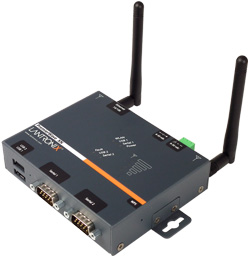One of the benefits of using 3G technology is its capability to allow users access to voice and data functions at the same time. In addition to supporting traditional wireless phone calls and text messaging, Web-based applications such as streaming video, e-mail, and video conferencing are also supported. Phones designed to work with 3G, commonly known as smartphones, can also be used to browse the Internet and download data files. This allows users much more freedom to perform tasks, do work, and have access to information while they are mobile.
Another advantage of 3G technology is a faster rate of data transfer. Due to use of greater bandwidth and higher transfer rates, transmission of data is much faster than with 1G or 2G phones. Potential speed with 3G is around two to three Mbps; when compared to 2G’s maximum 144 Kbps, this is a significant increase.
In order to offer 3G technology, wireless carriers were required to upgrade their infrastructure to allow for the greater bandwidth it requires. Some operators have had to expand the capabilities of existing networks and equipment, while others have had to build new ones. In some areas, it was necessary to license new radio frequencies to carry the signal. Due to the costs associated with all of these upgrades, rollout of 3G was at times delayed in some places. The first country to develop the capability and launch 3G was Japan in 2001, with other countries throughout the world following in the next few years.

No comments:
Post a Comment